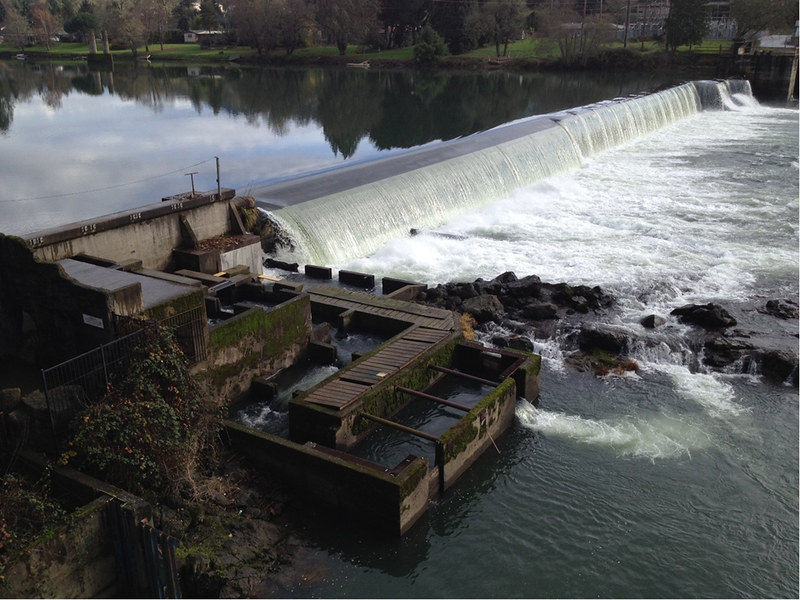What’s Going On With Winchester Dam

Photo: Oregon State University/Flickr
We’ve recently reported on issues with the Winchester Dam on the North Umpqua River in Oregon, but we haven’t gone into the problems in detail here at MidCurrent. To help you stay abreast of this pressing problem in the fly fishing community, I’ve compiled a comprehensive overview of what’s going on with the Winchester Dam.
The Winchester Dam sits on the North Umpqua River in Oregon. It does not generate any electricity. The dam’s primary purpose is to create a private lake for landowners, according to Courthouse News. It does have a fish ladder that allows salmon and steelhead to bypass the dam and access spawning cites upriver. The Oregon Department of Fish & Wildlife closed the North Umpqua to steelhead fishing due to incredibly low returns of summer steelhead.
A construction company is performing structural repairs to the dam, according to the Native Fish Society. As part of these repairs, the dam’s fish ladder has closed. In addition, the repair method chosen for this dam will release sediment downstream into critical habitat areas for salmon and steelhead, per the Native Fish Society.
At the real heart of this issue, according to the Native Fish Society, is that part of the dam repair process will release cold, stored water downstream, which can attract fish to migrate upriver. They’ll be trapped below the dam – since the fish ladder is closed – in water that will quickly warm up beyond acceptable levels for salmon and steelhead. Then, as the reservoir behind the Winchester Dam is refilled, it will reduce downstream flows at a time of year when fish are actively making their way upstream, to access critical spawning habitat above Winchester Dam.
The Native Fish Society, and other groups, have been critical of the Oregon Department of Fish & Wildlife throughout this dam removal process. The Native Fish Society wrote that ODFW officials “declined to answer river advocates’ formal request to use their authority to require a less harmful repair alternative maintaining upstream fish migration.”
Multiple other outlets also report that, as part of the dam repairs, holes within the dam will be filled with “injections of chemical-intensive polyurethane foam, a known source of microplastic pollution.”
The long-term impacts of this dam repair project won’t likely be known until later in the fall and officials can observe how many fish made it past the dam to spawn. What’s immediately clear, however, is the detrimental environmental impact this process will have on the North Umpqua River and its fish.
Bucket Biologists on Soda Butte Creek
One Dam Solution for Colorado River











